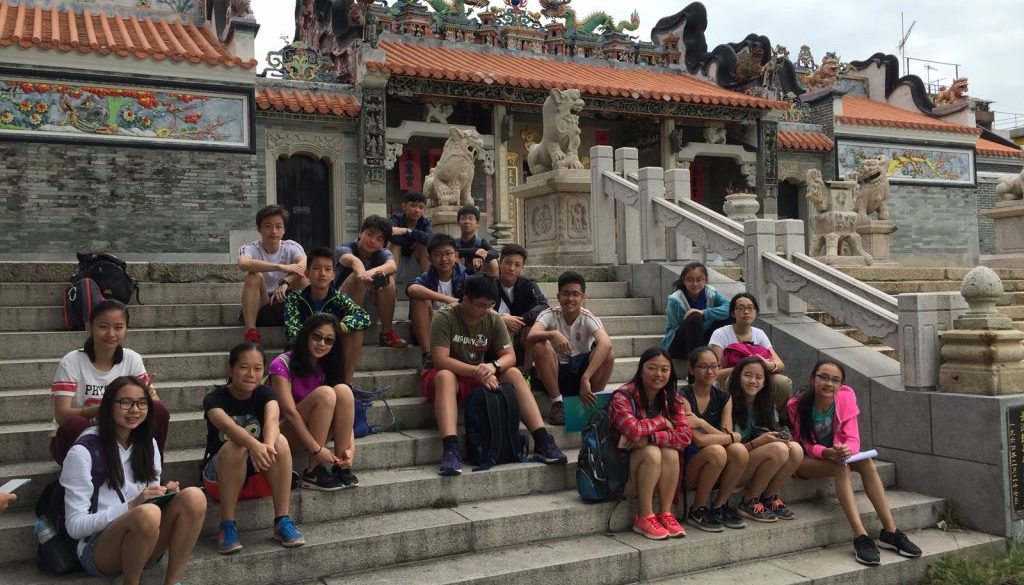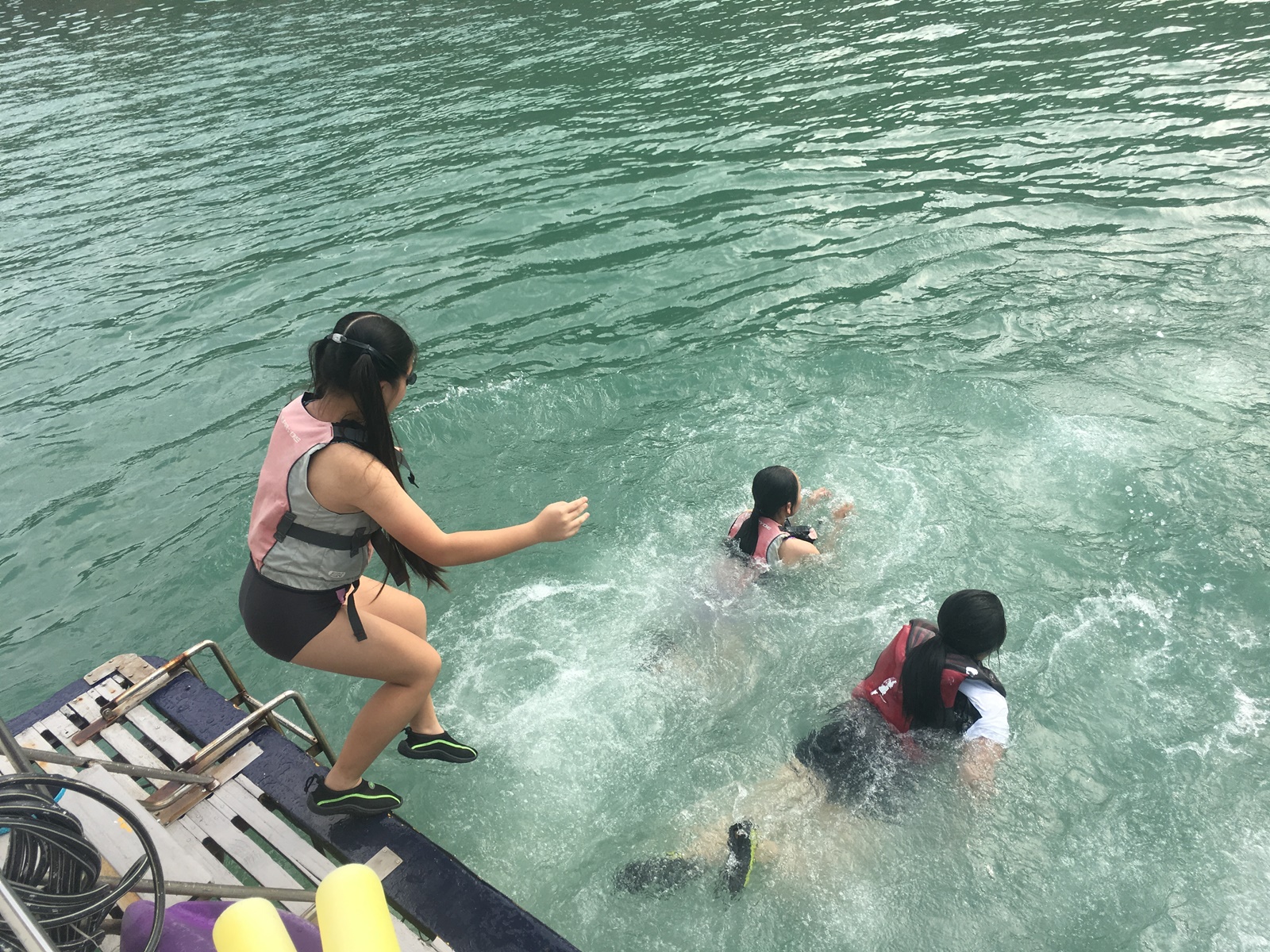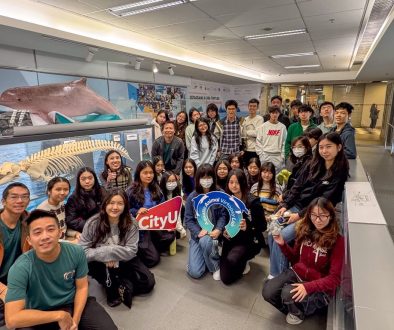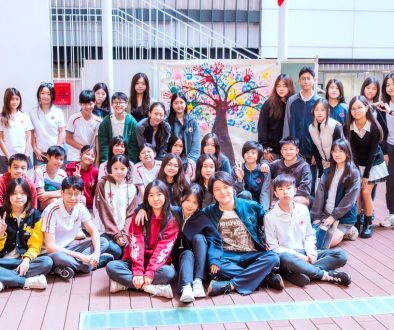Discovering Cheung Chau – The Origin and Hidden Paradise of Hong Kong

by Clare Tso (S3S) and Gordon Lai (S3M)
On Wednesday, 18 October 2017, when we disembarked the ferry, we were flooded with unforgettable sights, scents and smells that symbolised the old but thriving island, Cheung Chau.
We were led on a trek around Cheung Chau by our instructors to discover more about the island’s rich history and culture. Humans have already settled in Cheung Chau for 3000 years, longer than most places in Hong Kong. They had left signs of their civilisation, most notably an intricate rock carving, perhaps a sign of gratitude to their gods or a warning sign? We will never know. Later on, we had to explore the island ourselves to find landmarks, such as old buildings, shrines and temples. It was truly a unique experience, as the architecture and lifestyle on Cheung Chau is much different than the skyscrapers and traffic jams that we have gotten so used to on Hong Kong Island.
In the midst of the night on the first day, we ventured out into Cheung Chau, catching glimpses of the island and its diverse wildlife. It was the complete opposite of the bustling town during the day. Trekking along the winding paths silently, we kept our eyes and ears peeled, listening as the cicadas chirped. We even used a device to listen for bats which use echolocation at a high frequency above our hearing range. After completing the activity stations, we had the privilege of hiking further down the trail and spot snakes! We listened in fascination as the teacher described the wonders of the wildlife such as the fluorescent blue kingfisher, and even pythons!
Beyond the hills and forests of Cheung Chau, we arrived at the edge of the island. Waves crashed up against the jagged rocks and cliffs. Cheung Chau’s marine life carries many different adaptations as they struggle to survive around these harsh waters. We faced our own struggles when the rock climbing began. The cliff was steep and had very few jutted rocks to cling onto. It was a battle against gravity. Still, most of us clambered to the top with ease and had the chance to breathe in the beauty of nature and watch the ocean stretch out beyond the horizon.


What would be the best way to see all of Cheung Chau? By boat, of course! We set off on a trip circling the island and along the tombolo, experiencing many different sights we could not normally see on foot; there were many tranquil, secluded beaches tucked away in coves, surrounded by dense woodland. After travelling about three-quarters around the island, we had to disembark and swim towards an isolated beach which was strewn with litter. We were tasked with clearing up the beach, and then learned about how long it takes for common types of rubbish to biodegrade; styrofoam does not decompose at all! We left the beach with a newfound sense of the importance to follow the principles of reduce, reuse and recycle.
During the urban farming activity, we were introduced to the technology of urban farming such as hydroponics, a more efficient way of growing crops. We had a taste of a wide variety of microgreens, which carried a refreshing burst of flavor. The instructors taught us how to plant our own seeds as well as explained the building blocks of farming, which starts with compost making. From watching how mealworms help recycle the waste materials to designing an optimum environment for the plants to grow, we certainly had a fruitful and well-rounded experience.



